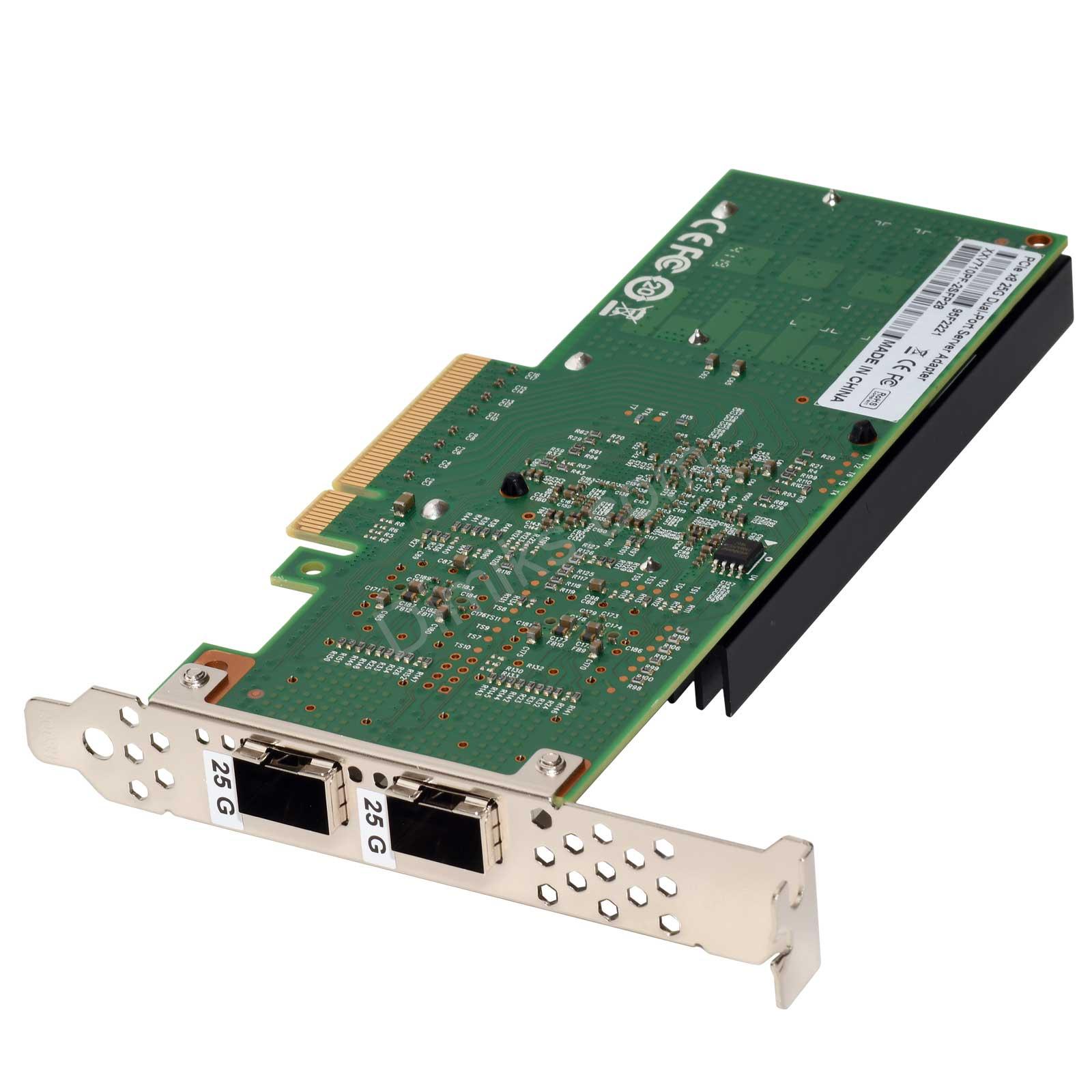

Articles
What Is A Internal Lan Adapter
Modified: December 7, 2023
Discover the benefits and functionality of internal LAN adapters with our informative articles. Learn how these adapters can enhance your network connectivity and performance.
(Many of the links in this article redirect to a specific reviewed product. Your purchase of these products through affiliate links helps to generate commission for Storables.com, at no extra cost. Learn more)
Introduction:
In today’s digital age, seamless connectivity is a necessity for both personal and professional endeavors. One of the key components that ensures a smooth and reliable network connection is the Internal LAN Adapter. This device, often tucked away inside a computer or other electronic devices, plays a crucial role in enabling communication between devices within a local area network (LAN).
The Internal LAN Adapter, also known as a network interface card (NIC), is responsible for connecting a device to a network, allowing it to send and receive data over the LAN. Whether you’re browsing the internet, sharing files, or participating in online gaming, the Internal LAN Adapter ensures the transmission of data packets with efficiency and speed.
Let’s delve deeper into the functions, benefits, types, installation process, and troubleshooting of Internal LAN Adapters.
Key Takeaways:
- Internal LAN Adapters are essential for stable and fast network connections, providing versatility in connectivity options and enhancing security. They enable seamless communication and collaboration within a LAN environment, crucial for personal and professional endeavors.
- From Ethernet to Wi-Fi, Bluetooth, Powerline, Combo, and Expansion Card LAN Adapters, there are various types available to cater to different networking needs. It’s important to stay updated with the latest networking standards and adapt to changing technologies for optimal performance and compatibility.
Read more: What Does A Lan Adapter Do
Definition of Internal LAN Adapter:
An Internal LAN Adapter is a hardware component integrated into a computer or other electronic device that enables it to connect to a local area network (LAN). It acts as the interface between the device and the network, facilitating the transmission of data packets between devices within the LAN.
The Internal LAN Adapter is often in the form of a network interface card (NIC) that is installed directly onto the motherboard of the device. It contains an ethernet port or other network connectivity options, allowing users to connect their device to wired or wireless LAN networks.
By using an Internal LAN Adapter, devices can communicate with each other, share resources, and access the internet. It eliminates the need for external adapters or dongles, providing a convenient and integrated solution for network connectivity.
Internal LAN Adapters support various networking technologies, such as Ethernet, Wi-Fi, and Bluetooth, depending on the specific model and capabilities of the device. These adapters can achieve different speeds and support different network protocols, such as 10/100/1000 Mbps Ethernet or the latest Wi-Fi standards like 802.11ac or 802.11ax, ensuring fast and reliable data transfer.
In addition to desktop computers and laptops, Internal LAN Adapters can also be found in other devices, such as gaming consoles, smart TVs, and network-attached storage (NAS) devices. These adapters enable these devices to connect to the local network, allowing for seamless streaming, online gaming, and file sharing.
While an Internal LAN Adapter is typically available as a built-in component in most modern devices, it is also possible to upgrade or replace the adapter to enhance network connectivity capabilities. This flexibility ensures that users can adapt to evolving networking technologies and meet their specific connectivity requirements.
Now that we have a clear understanding of what an Internal LAN Adapter is, let’s explore its key functions and the benefits it provides.
Functions of an Internal LAN Adapter:
An Internal LAN Adapter performs several important functions that enable devices to connect to and communicate within a local area network (LAN). These functions play a crucial role in facilitating data transmission and ensuring a seamless network experience. Let’s take a closer look at the key functions of an Internal LAN Adapter:
- Network Connection: The primary function of an Internal LAN Adapter is to establish a network connection between the device and the LAN. It acts as the interface that allows the device to send and receive data over the network.
- Data Transmission: Once connected to the network, the Internal LAN Adapter is responsible for transmitting data packets between devices. It facilitates the smooth and efficient transfer of information, enabling users to browse the internet, stream media, transfer files, and perform other network-related activities.
- Protocol Support: Internal LAN Adapters support different network protocols, such as Ethernet, Wi-Fi, or Bluetooth, depending on the specific capabilities of the device. This allows for compatibility with various network infrastructures and the ability to connect to different types of networks.
- Speed and Bandwidth: Internal LAN Adapters determine the speed at which data can be transmitted over the network. The speed is typically measured in megabits per second (Mbps) or gigabits per second (Gbps) and determines how quickly files can be downloaded, media can be streamed, and online activities can be performed.
- Network Security: Internal LAN Adapters often include security features to protect the device and the network from unauthorized access and potential threats. These features can include encryption protocols, firewall protection, and MAC address filtering, ensuring a secure and private network connection.
- Multiple Device Connectivity: An Internal LAN Adapter allows for the connection of multiple devices within a LAN. This means that multiple devices, such as computers, smartphones, gaming consoles, and smart home devices, can communicate and share resources within the network.
- Network Management: Some Internal LAN Adapters come with additional management features that allow users to monitor and control network settings. This can include adjusting network priorities, managing network traffic, and setting up virtual LANs (VLANs) to optimize network performance.
The functions of an Internal LAN Adapter are essential for establishing and maintaining a reliable network connection. By performing these functions, Internal LAN Adapters enable seamless communication and enhance the overall networking experience.
Next, let’s explore the benefits of using an Internal LAN Adapter.
Benefits of Using an Internal LAN Adapter:
Using an Internal LAN Adapter offers several advantages that enhance network connectivity and provide a reliable and efficient network experience. Whether you’re a home user, a small business, or a large enterprise, here are some of the key benefits of using an Internal LAN Adapter:
- Stable and Reliable Connection: An Internal LAN Adapter ensures a stable and reliable network connection. By using a direct wired connection or a high-speed Wi-Fi connection, the adapter minimizes signal interference and ensures consistent connectivity, eliminating the frustrations of intermittent or weak connections.
- Fast Data Transfer Speeds: Internal LAN Adapters support various speeds, including fast ethernet (10/100 Mbps) or gigabit ethernet (10/100/1000 Mbps). These high-speed connections allow for fast data transfer rates, enabling quick file transfers, smooth streaming, and lag-free online gaming.
- Improved Network Performance: With an Internal LAN Adapter, devices can achieve optimal network performance. It allows for greater bandwidth allocation and better network utilization, resulting in improved network speed and efficiency.
- Secure Network Connection: Internal LAN Adapters often come with built-in security features, such as encryption protocols and firewall protection. These features help safeguard sensitive data and protect against unauthorized access, ensuring a secure and private network connection.
- Compatibility and Versatility: Internal LAN Adapters are compatible with different network infrastructures and support various network protocols. This allows for versatility in connecting to different types of networks, such as wired Ethernet networks or wireless Wi-Fi networks, depending on the device and adapter specifications.
- Seamless Integration: Internal LAN Adapters are integrated into the device’s hardware, allowing for a seamless and clutter-free setup. There are no external adapters or dongles required, resulting in a more streamlined and aesthetically pleasing network setup.
- Multiple Device Connectivity: An Internal LAN Adapter enables the connection of multiple devices within a LAN. This means that multiple devices can share network resources, such as internet access, printers, and file servers, promoting collaboration and efficiency in both home and office environments.
- Future-proofing: Upgrading or replacing an Internal LAN Adapter allows for keeping up with evolving networking technologies. By staying updated with the latest network standards and speeds, users can ensure compatibility with future network upgrades and advancements.
Overall, using an Internal LAN Adapter brings numerous benefits, including a stable connection, fast data transfer, enhanced network performance, security, compatibility, and seamless integration. These advantages contribute to an improved network experience and increased productivity for both personal and professional use.
Next, let’s explore the different types of Internal LAN Adapters available in the market.
An internal LAN adapter, also known as a network interface card (NIC), is a hardware component that allows a computer to connect to a local area network (LAN). When choosing an internal LAN adapter, consider the speed and compatibility with your network infrastructure.
Types of Internal LAN Adapters:
There are several types of Internal LAN Adapters available, each designed to cater to specific networking needs and preferences. Depending on the device and user requirements, here are the common types of Internal LAN Adapters:
- Ethernet LAN Adapters: Ethernet LAN Adapters are the most common type of Internal LAN Adapters. These adapters support wired Ethernet connections and are typically compatible with various Ethernet standards, such as 10/100 Mbps or gigabit ethernet (10/100/1000 Mbps). They utilize an RJ-45 Ethernet port to connect to a wired LAN network.
- Wi-Fi LAN Adapters: Wi-Fi LAN Adapters enable wireless network connectivity. These adapters support the latest Wi-Fi standards, such as 802.11ac or 802.11ax, providing fast and reliable wireless connections. They often include one or more antennas to enhance signal strength and range.
- Bluetooth LAN Adapters: Bluetooth LAN Adapters enable wireless communication between devices within a short-range. They are commonly used for peripherals like wireless keyboards, mice, headphones, and speakers. Bluetooth LAN Adapters are often integrated into Internal LAN Adapters to provide versatile connectivity options.
- Powerline LAN Adapters: Powerline LAN Adapters utilize a home’s existing electrical wiring to transmit network signals. This type of adapter is useful in cases where running Ethernet cables is not feasible. Powerline LAN Adapters typically come in pairs, with one connected to the router and the other connected to the device, creating a wired network connection through the electrical outlets.
- Combo LAN Adapters: Combo LAN Adapters combine multiple network interfaces into a single adapter, providing versatile connectivity options. For example, a combo adapter may include both Ethernet and Wi-Fi capabilities, allowing users to choose between wired or wireless connections based on their needs.
- Expansion Card LAN Adapters: Expansion Card LAN Adapters are designed to be installed in expansion slots within a computer’s motherboard. They offer additional network connectivity options, such as extra Ethernet ports or higher-speed connections. These adapters are useful for users who require multiple network connections on their desktop computers.
These are just a few examples of Internal LAN Adapters available in the market. It’s important to consider the specific networking needs, device compatibility, and available connectivity options when choosing the right Internal LAN Adapter.
Now that we have explored the types of Internal LAN Adapters, let’s move on to the installation process and how to set up an Internal LAN Adapter.
Read more: What Is Samsung Wireless Lan Adapter
Installation of an Internal LAN Adapter:
Installing an Internal LAN Adapter may seem daunting for some, but with a few simple steps, it can be accomplished by anyone. Here’s a step-by-step guide on how to install an Internal LAN Adapter:
- Gather the necessary tools: Before you begin, make sure you have the necessary tools for the installation, including a screwdriver (if required for your device’s casing) and any accompanying installation drivers or software provided with the Internal LAN Adapter.
- Power off your device: Before working with any internal components, ensure that your device is powered off and unplugged from the power source. This is essential to prevent any electrical mishaps or damage to the device or the adapter.
- Open the device’s casing: If your device’s casing is not easily accessible, you may need to remove screws or other fasteners to open it. Follow the manufacturer’s guidelines or consult the device’s user manual for instructions on how to remove the casing.
- Locate an available expansion slot: If you are installing an expansion card LAN adapter, locate an available expansion slot on your device’s motherboard. Ensure that the slot is compatible with the type of expansion card you have. For other types of Internal LAN Adapters, such as Wi-Fi adapters or powerline adapters, follow the specific installation instructions provided by the manufacturer.
- Insert the Internal LAN Adapter: Carefully insert the Internal LAN Adapter into the chosen slot, aligning it properly with the slot’s connectors. Apply gentle pressure until the adapter is securely seated in the slot. Be cautious not to force the adapter, as this may cause damage.
- Secure the adapter: If required, use screws or clips to secure the Internal LAN Adapter in place. Ensure that the adapter is firmly attached and does not have any loose connections that may affect its functionality.
- Replace the device’s casing: Once the adapter is securely installed, reattach the device’s casing by following the manufacturer’s guidelines. Make sure all screws or fasteners are tightened properly.
- Power on the device: After completing the physical installation, reattach the power source and power on the device. The Internal LAN Adapter should be recognized by the operating system and ready for configuration.
- Install any necessary drivers or software: Depending on the Internal LAN Adapter, you may need to install drivers or software to ensure proper functionality. Use the installation drivers or software provided with the adapter or download the latest drivers from the manufacturer’s website.
- Configure the Internal LAN Adapter: Once the necessary drivers or software are installed, configure the adapter’s settings according to your network requirements. This may include setting up Wi-Fi connections, entering network credentials, or adjusting advanced settings depending on the adapter’s capabilities.
It’s important to note that installation steps may vary depending on the specific device and adapter model. Always consult the manufacturer’s instructions and guidelines for accurate and detailed installation instructions.
Now that you have successfully installed your Internal LAN Adapter, you can enjoy reliable and fast network connectivity on your device. In case you encounter any issues, let’s explore some common troubleshooting tips to help resolve them.
Troubleshooting Common Issues with Internal LAN Adapters:
While Internal LAN Adapters generally provide reliable network connectivity, occasional issues may arise that require troubleshooting. Here are some common issues you may encounter with Internal LAN Adapters and steps to resolve them:
- No Network Connection: If your Internal LAN Adapter is not establishing a network connection, first check if the adapter is properly installed and seated in the slot. Ensure that the device’s drivers or software are correctly installed. Try restarting the device and checking the network settings to ensure they are properly configured.
- Slow or Intermittent Connection: Slow or intermittent connections could be caused by signal interference or network congestion. Try relocating the device closer to the network router or access point to improve the signal strength. Additionally, check for any other devices or appliances that may be causing interference and adjust their placement accordingly. Restarting the router or access point can also help resolve network congestion issues.
- Limited Wi-Fi Range: If your Wi-Fi LAN Adapter has limited range, consider using a Wi-Fi range extender to boost the signal and extend coverage. Alternatively, upgrading to a higher-quality Wi-Fi adapter with improved range capabilities may be necessary.
- Driver Issues: Outdated or incompatible drivers can cause connectivity problems. Ensure that you have the latest drivers installed for your Internal LAN Adapter. Visit the manufacturer’s website to download and install the most recent drivers specific to your device and operating system.
- Error Messages: If you encounter error messages related to your Internal LAN Adapter, note down the exact error message and search for solutions online. Often, these error messages indicate specific issues that can be resolved by following the recommended troubleshooting steps provided by the manufacturer or online communities.
- Security Issues: If you suspect any unauthorized access or security breaches, ensure that your Internal LAN Adapter’s security features are enabled and up to date. Update your device’s firmware to the latest version, and consider changing your network passwords and enabling additional security measures, such as MAC address filtering or encryption protocols.
- Compatibility Issues: If you are experiencing compatibility issues with your Internal LAN Adapter, ensure that it is compatible with your device and the network technology you are using. Verify that your device’s specifications and the Internal LAN Adapter’s requirements align properly. If compatibility issues persist, consider contacting the manufacturer for support or exploring alternative adapter options.
If you are unable to resolve the issues on your own, reaching out to technical support or consulting online forums and communities can provide further guidance and assistance specific to your situation. Remember, each issue may have unique solutions, so it’s important to troubleshoot accordingly and take the appropriate steps to resolve the problem.
With troubleshooting tips in mind, you can overcome common issues and enjoy the seamless network connectivity offered by your Internal LAN Adapter.
Now, let’s summarize the key points discussed in this article.
Conclusion:
The Internal LAN Adapter is a vital component in achieving smooth and reliable network connectivity within a local area network (LAN). Whether wired or wireless, these adapters play a crucial role in establishing connections, facilitating data transmission, and ensuring a seamless network experience.
Throughout this article, we have explored the definition, functions, benefits, types, installation process, and troubleshooting of Internal LAN Adapters. We’ve learned that these adapters enable stable and fast network connections, improve network performance, provide versatility in connectivity options, and enhance security.
From Ethernet LAN Adapters to Wi-Fi, Bluetooth, Powerline, Combo, and Expansion Card LAN Adapters, there are various types available to cater to different networking needs. Installing an Internal LAN Adapter involves a few simple steps, and troubleshooting common issues can be done by following specific troubleshooting tips.
By using an Internal LAN Adapter, users can browse the internet, stream media, transfer files, and participate in online gaming with confidence, knowing they have a reliable and efficient network connection. These adapters are essential for both personal and professional endeavors, enabling multiple devices to communicate, share resources, and collaborate within a LAN environment.
As technology continues to advance, Internal LAN Adapters will evolve to support faster speeds, improved protocols, and enhanced security features. It is important to stay updated with the latest networking standards and adapt to changing technologies to ensure optimal performance and compatibility.
In conclusion, the Internal LAN Adapter is an indispensable component that brings convenience, reliability, and efficiency to our network connectivity. Whether it’s for home use, small businesses, or large enterprises, having a well-functioning Internal LAN Adapter is crucial in today’s interconnected world.
So, whether you’re setting up a new device or upgrading your existing network infrastructure, consider the benefits and capabilities of an Internal LAN Adapter, and choose the right one that suits your needs. Experience the power of seamless communication and enjoy a robust network with an Internal LAN Adapter.
Frequently Asked Questions about What Is A Internal Lan Adapter
Was this page helpful?
At Storables.com, we guarantee accurate and reliable information. Our content, validated by Expert Board Contributors, is crafted following stringent Editorial Policies. We're committed to providing you with well-researched, expert-backed insights for all your informational needs.
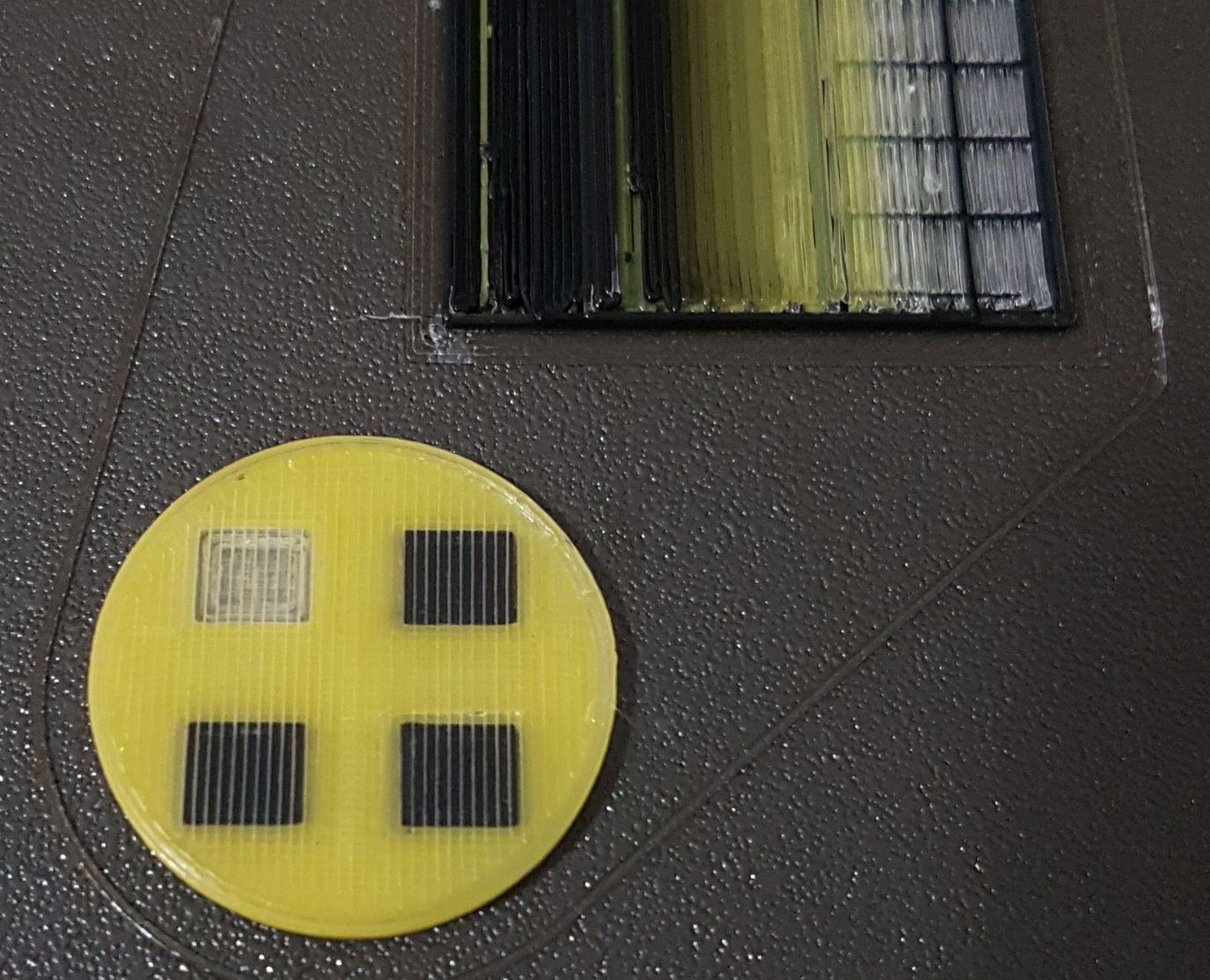
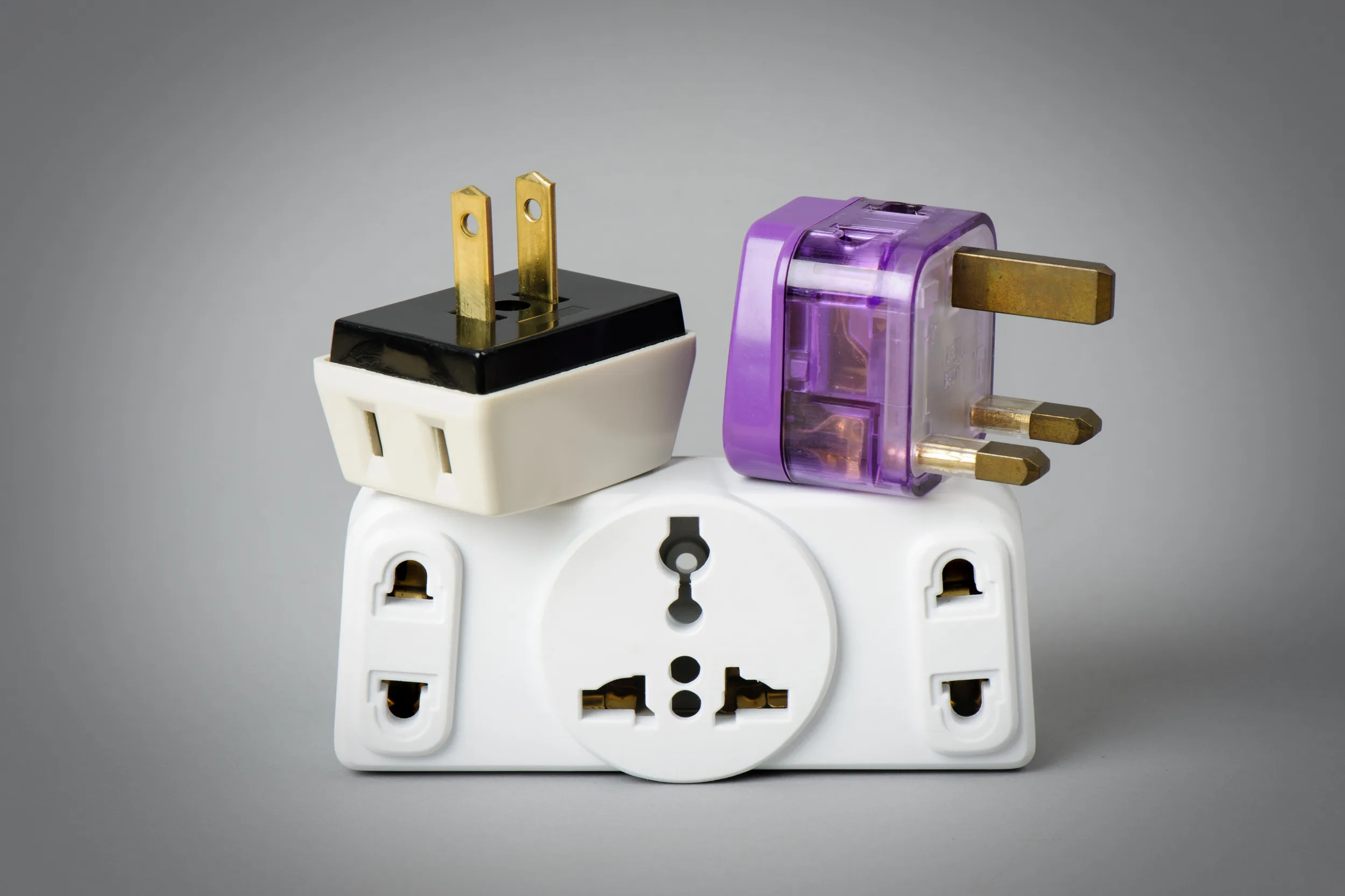

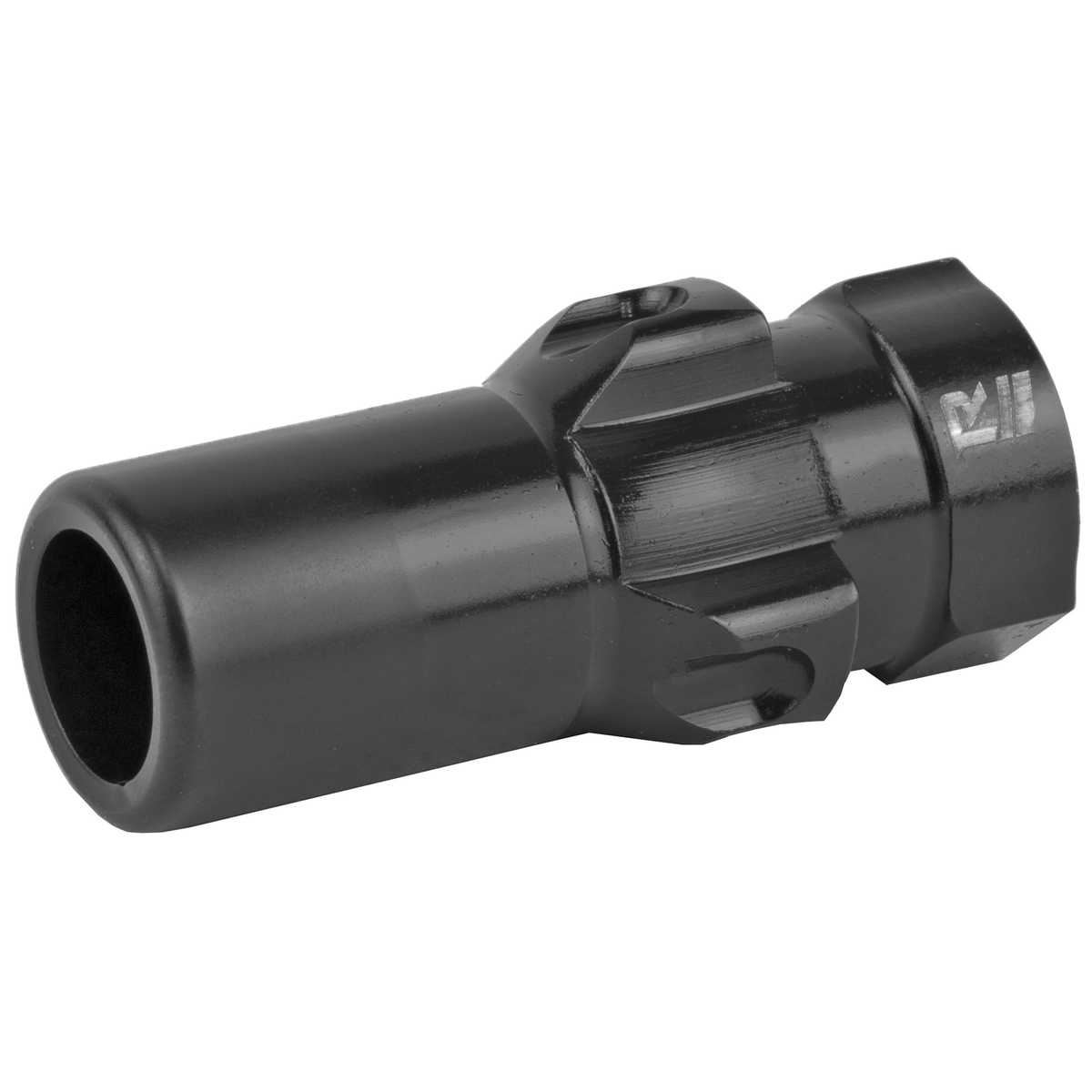
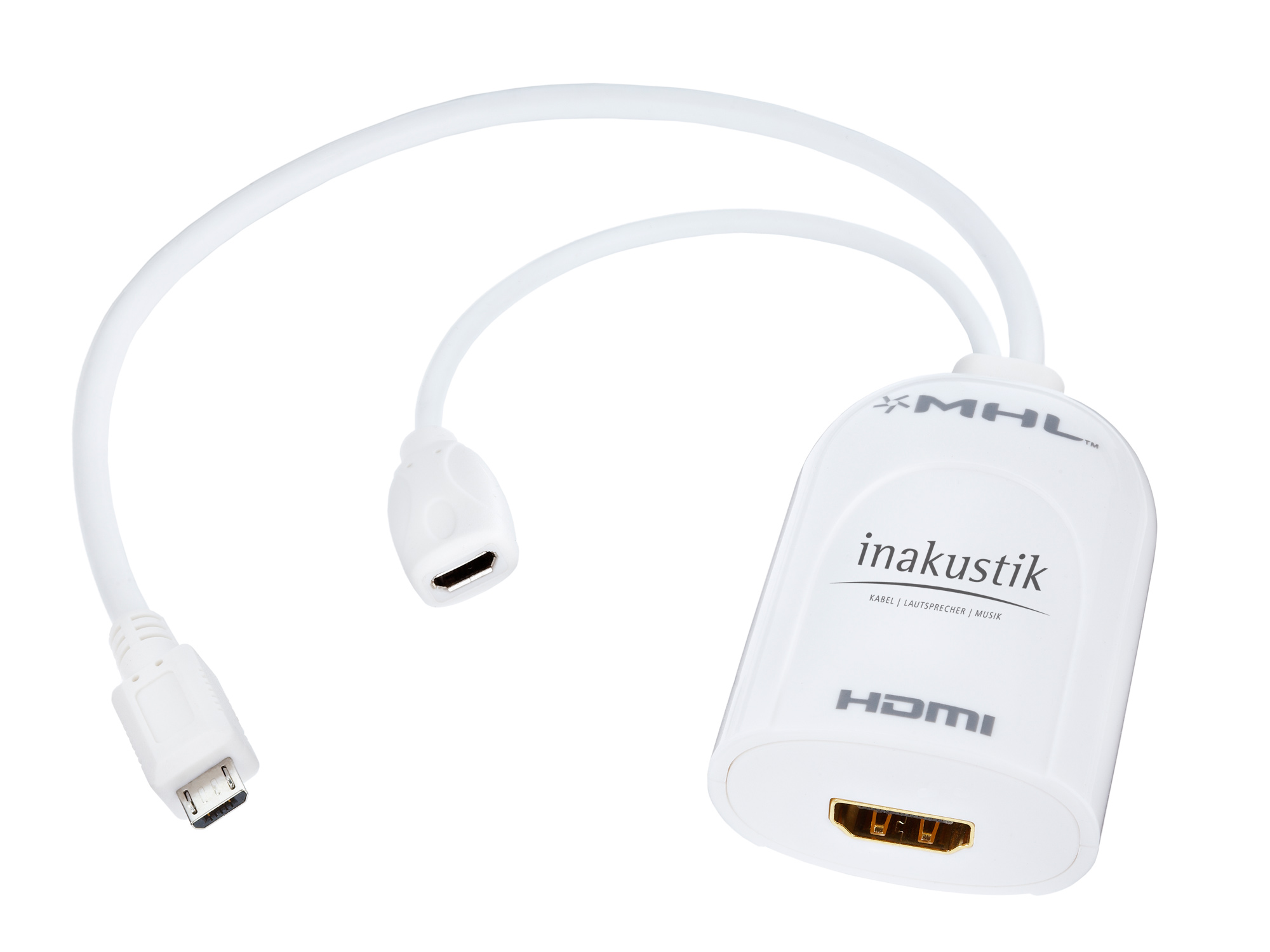
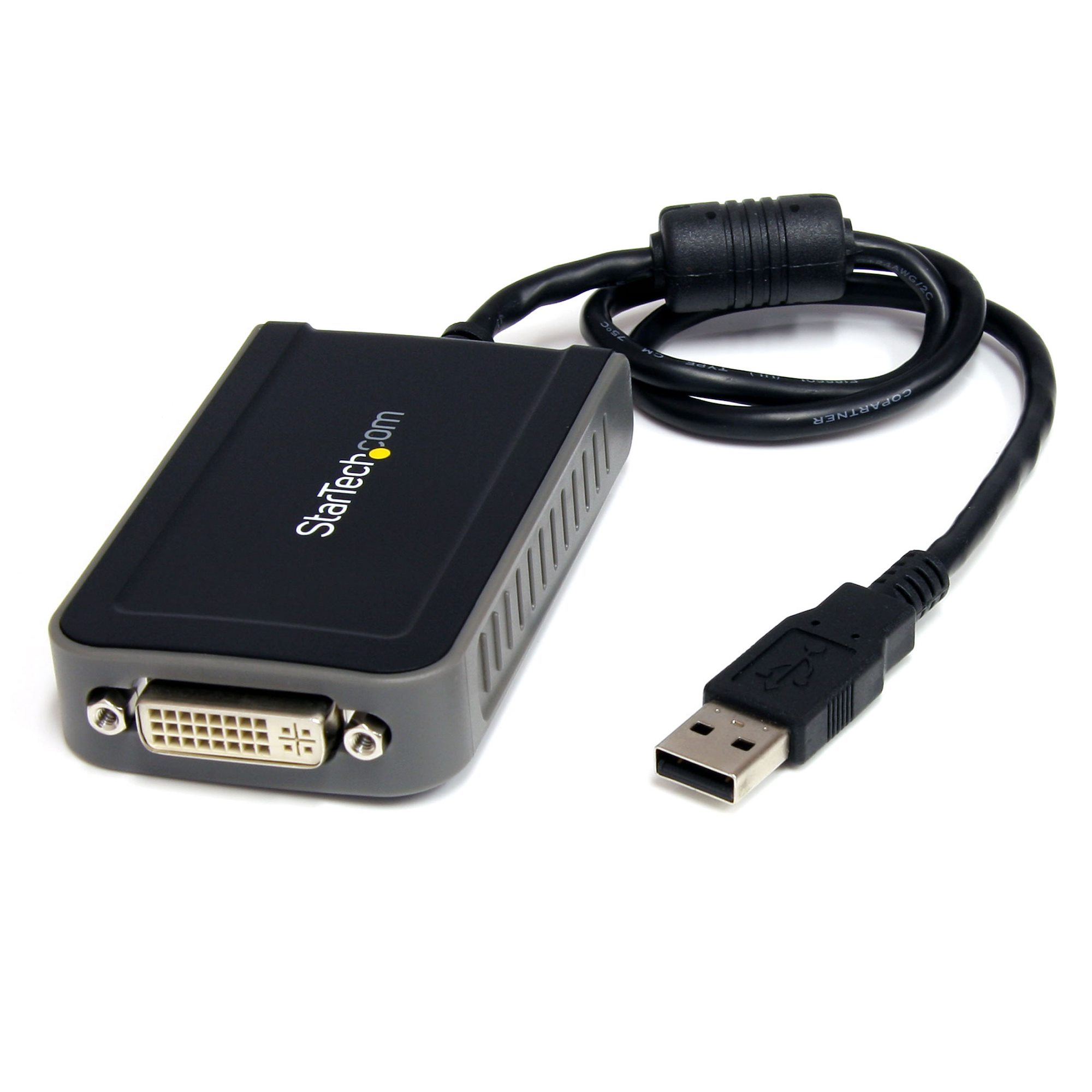
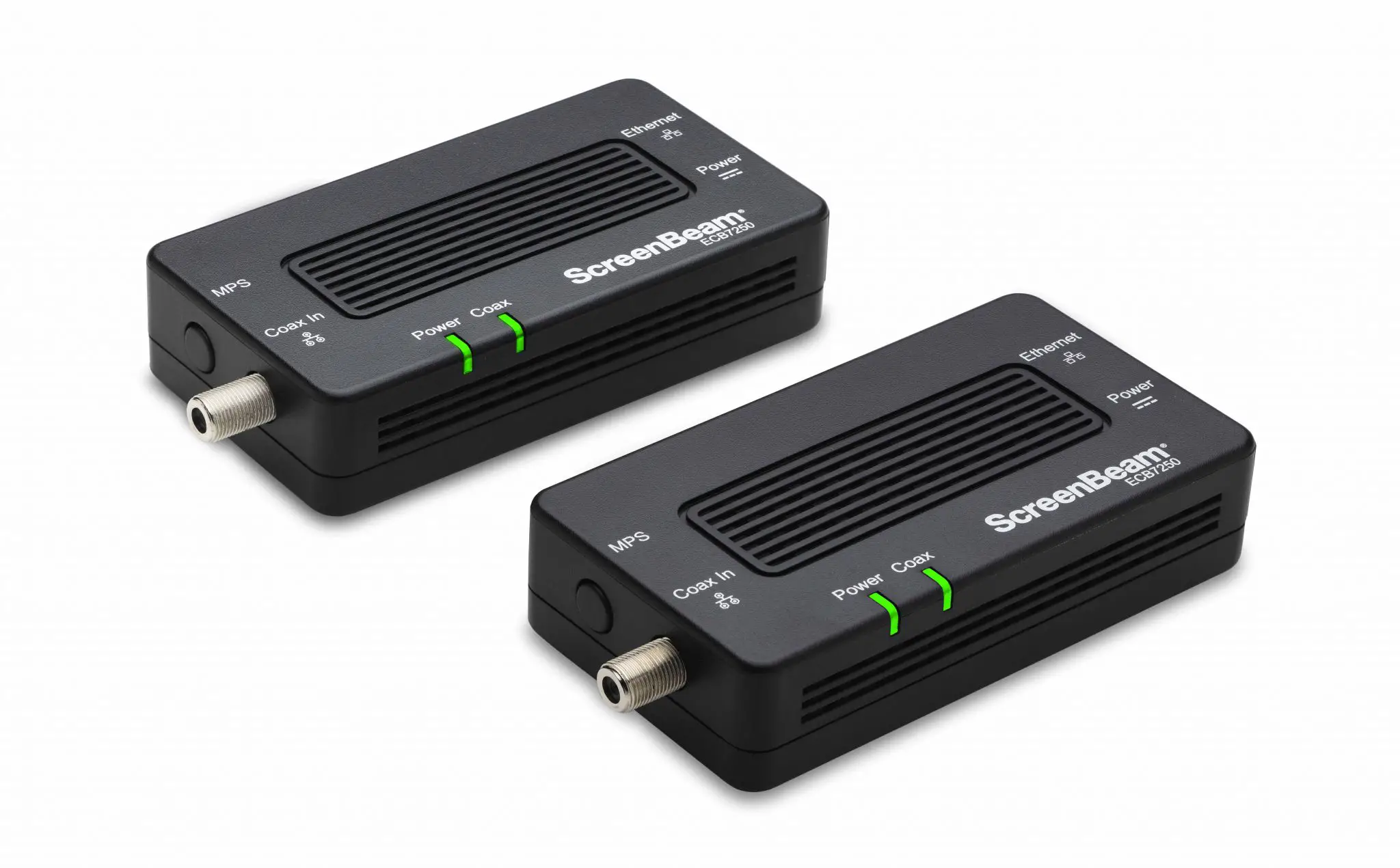
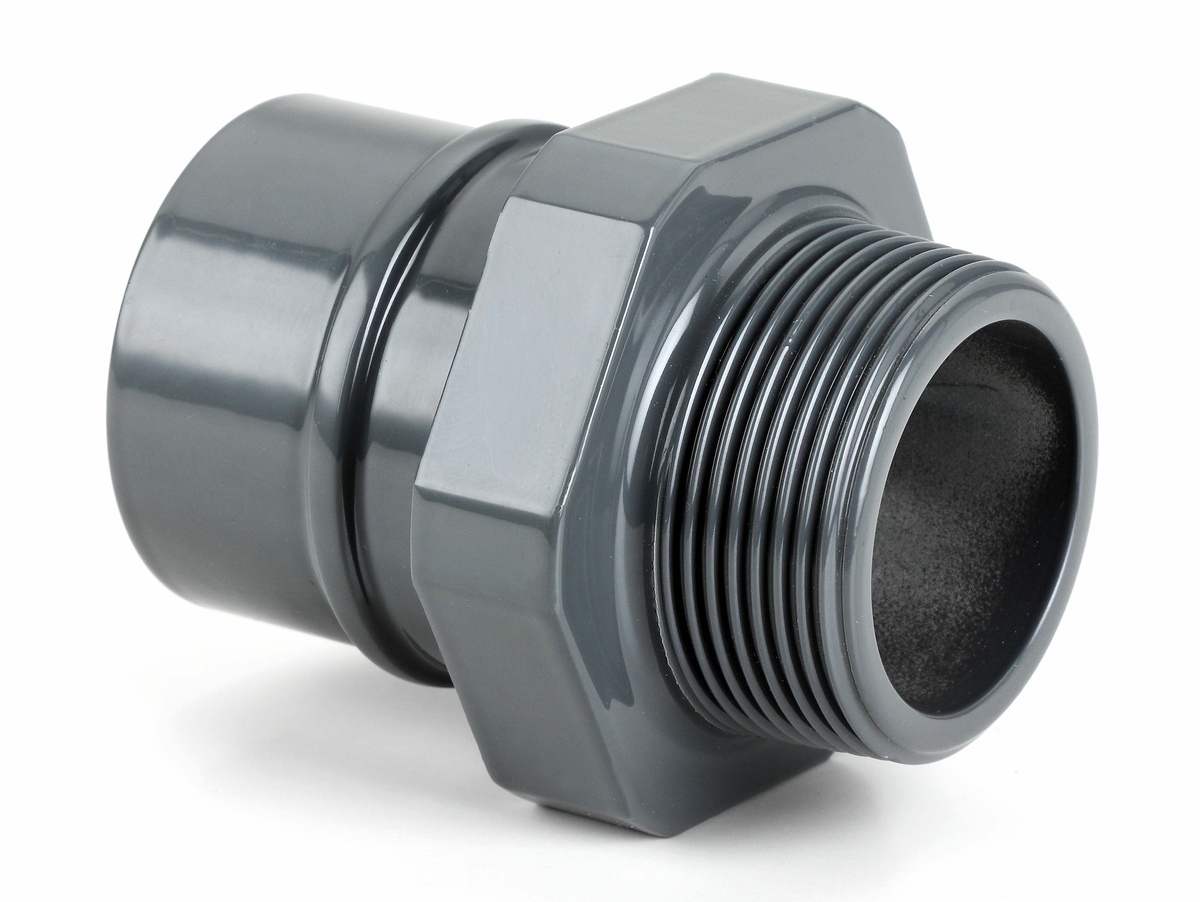
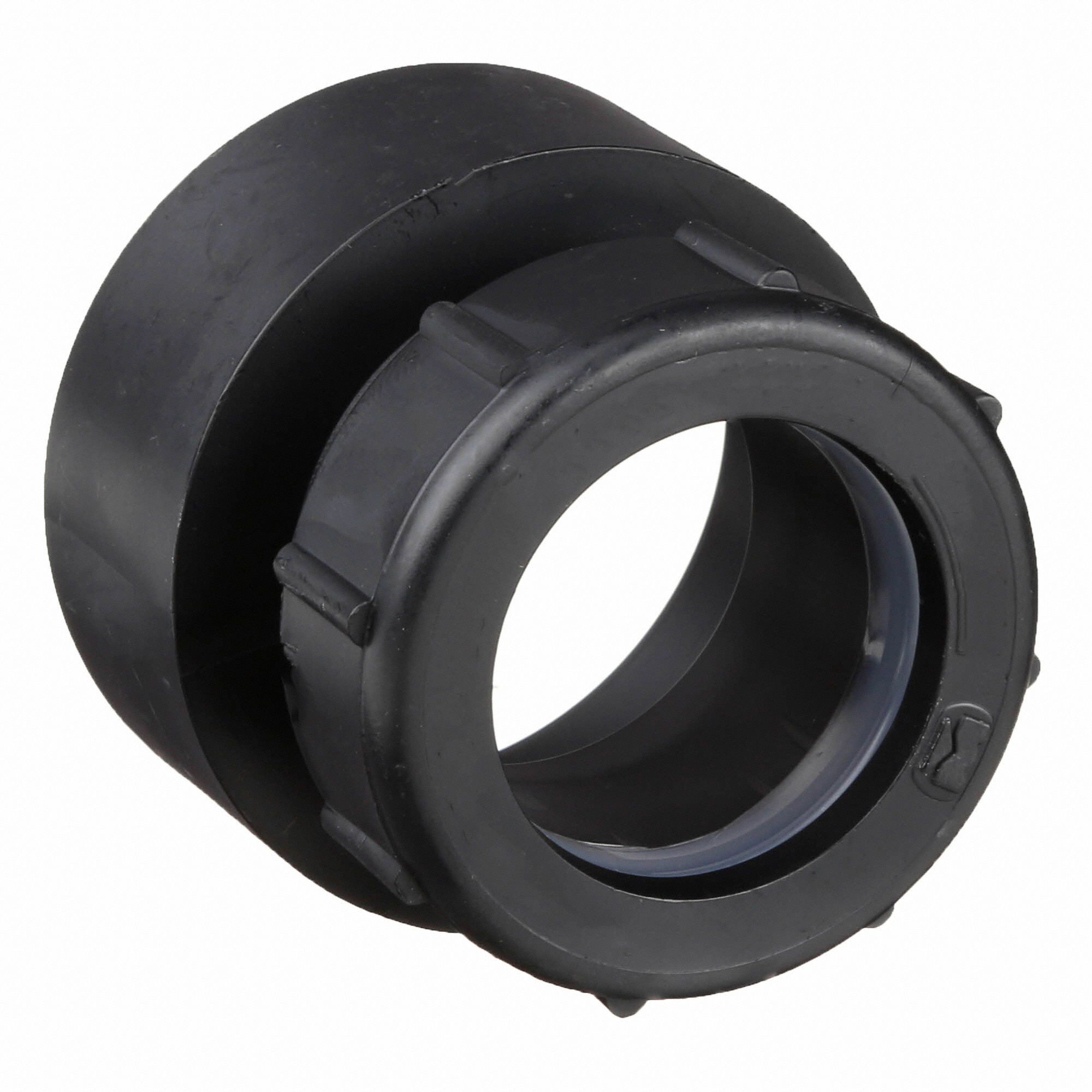
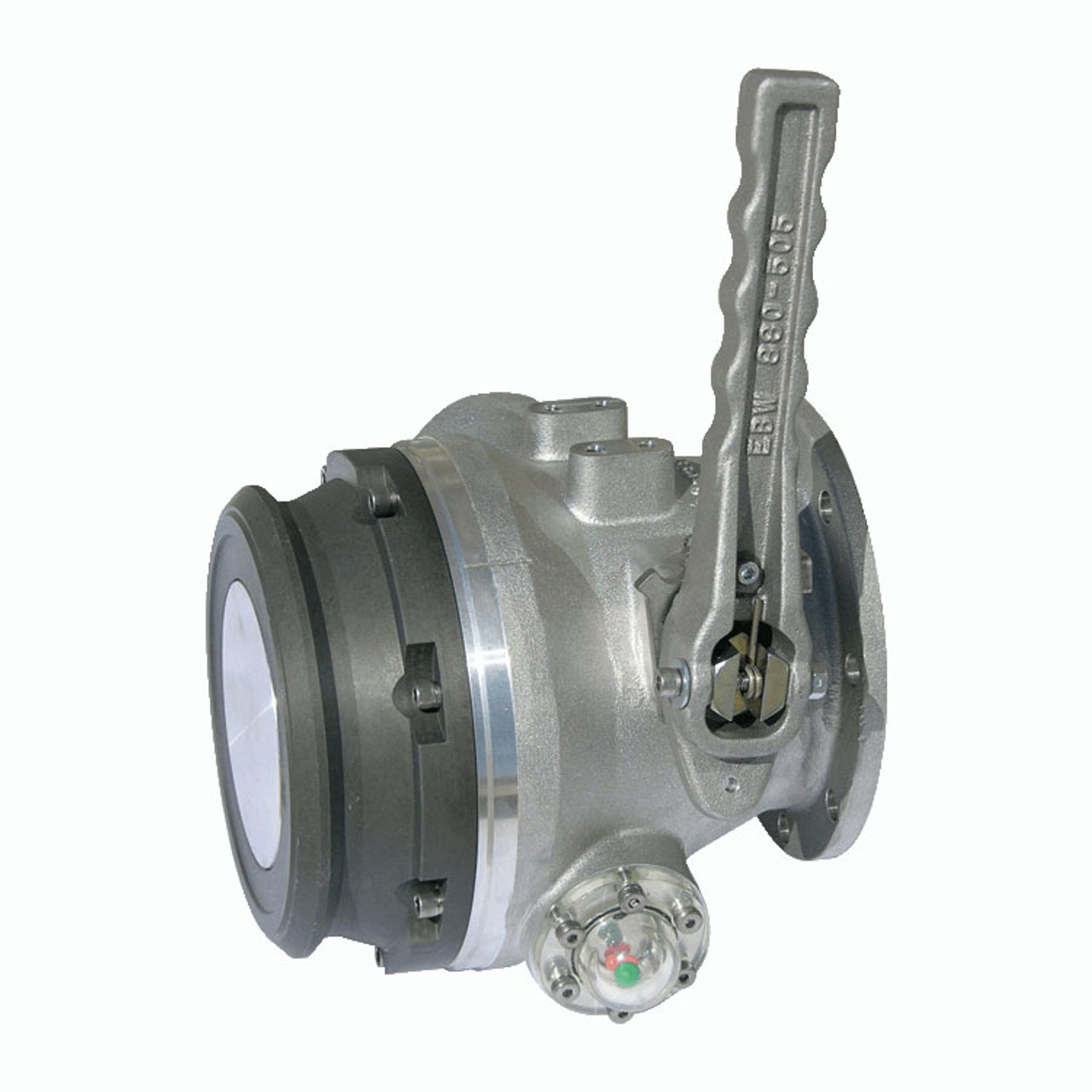
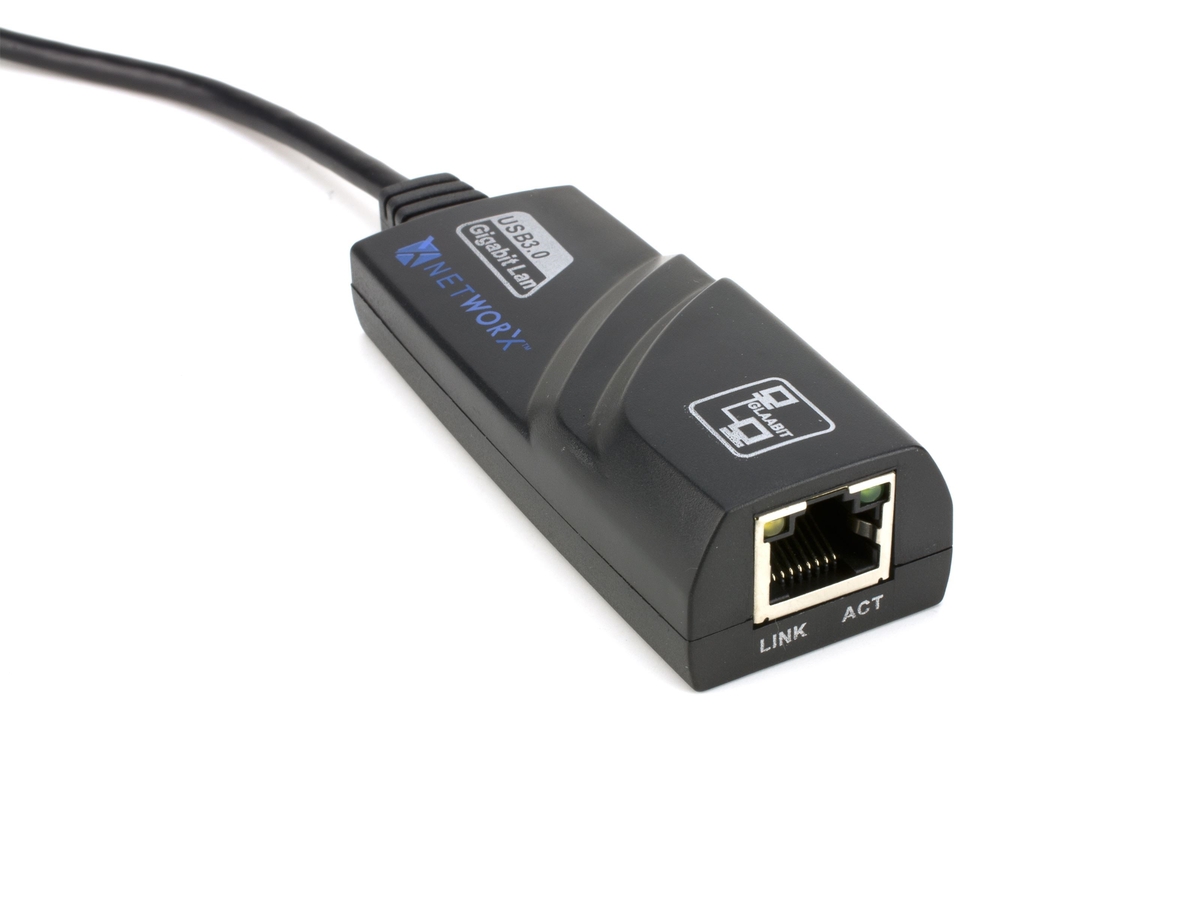
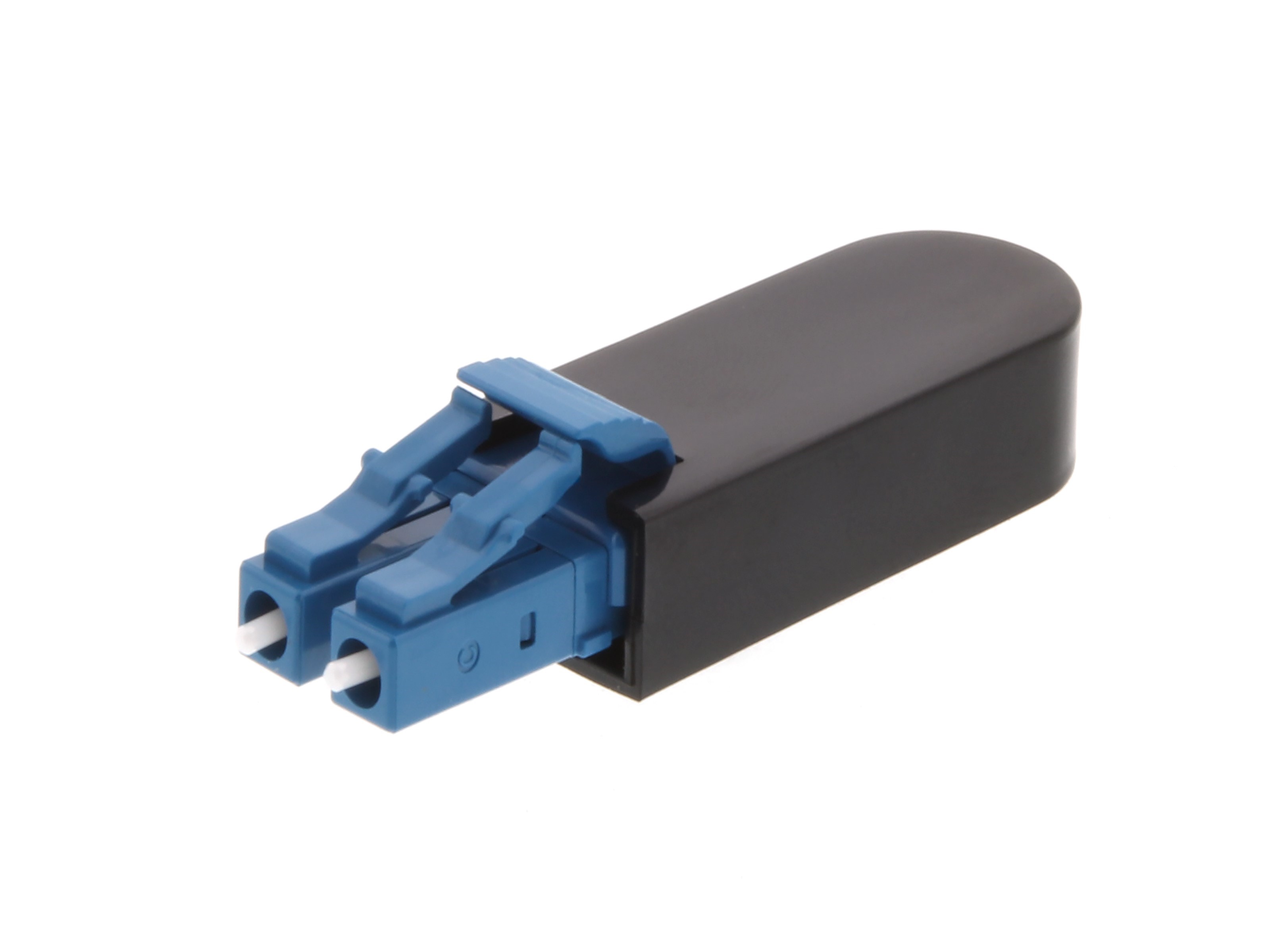
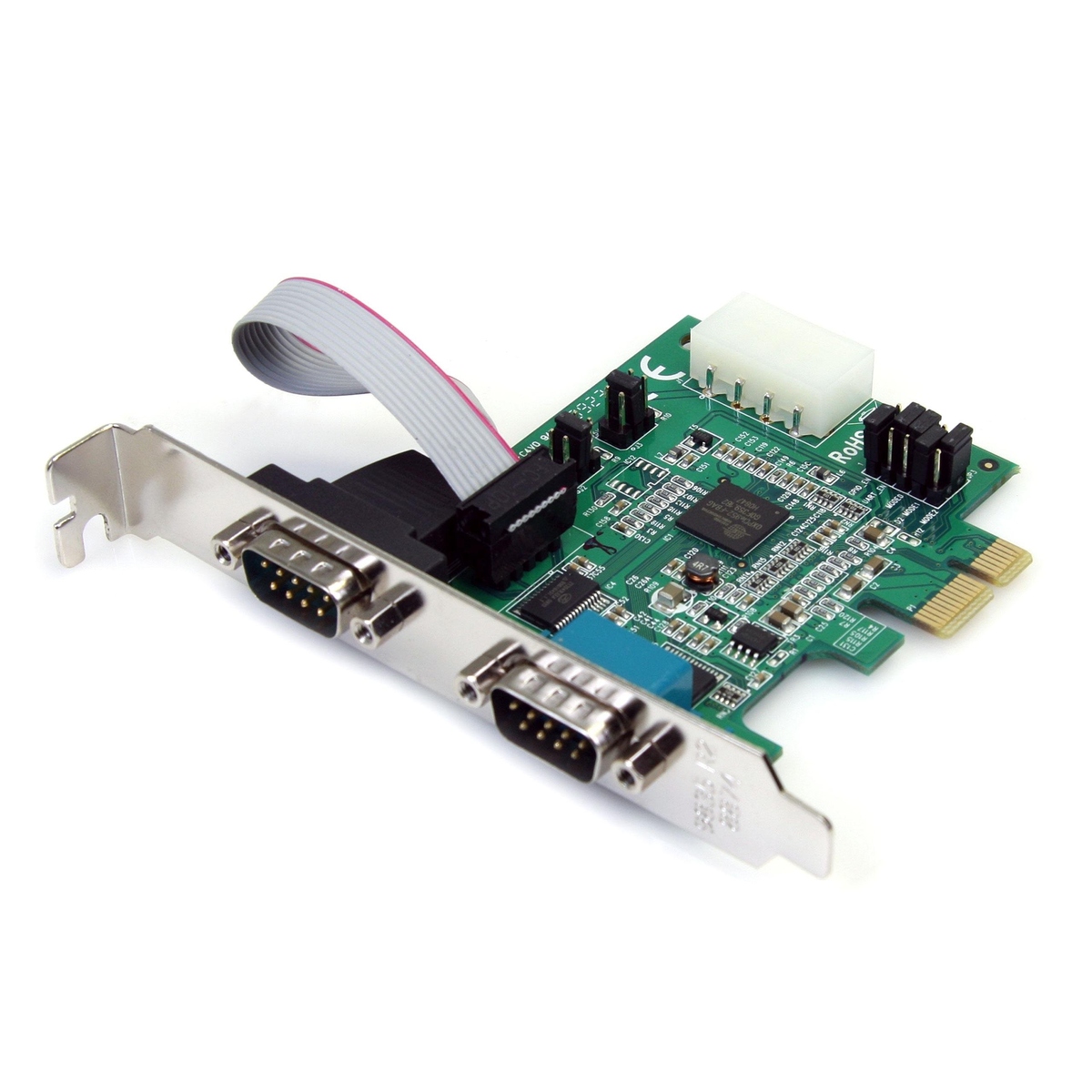
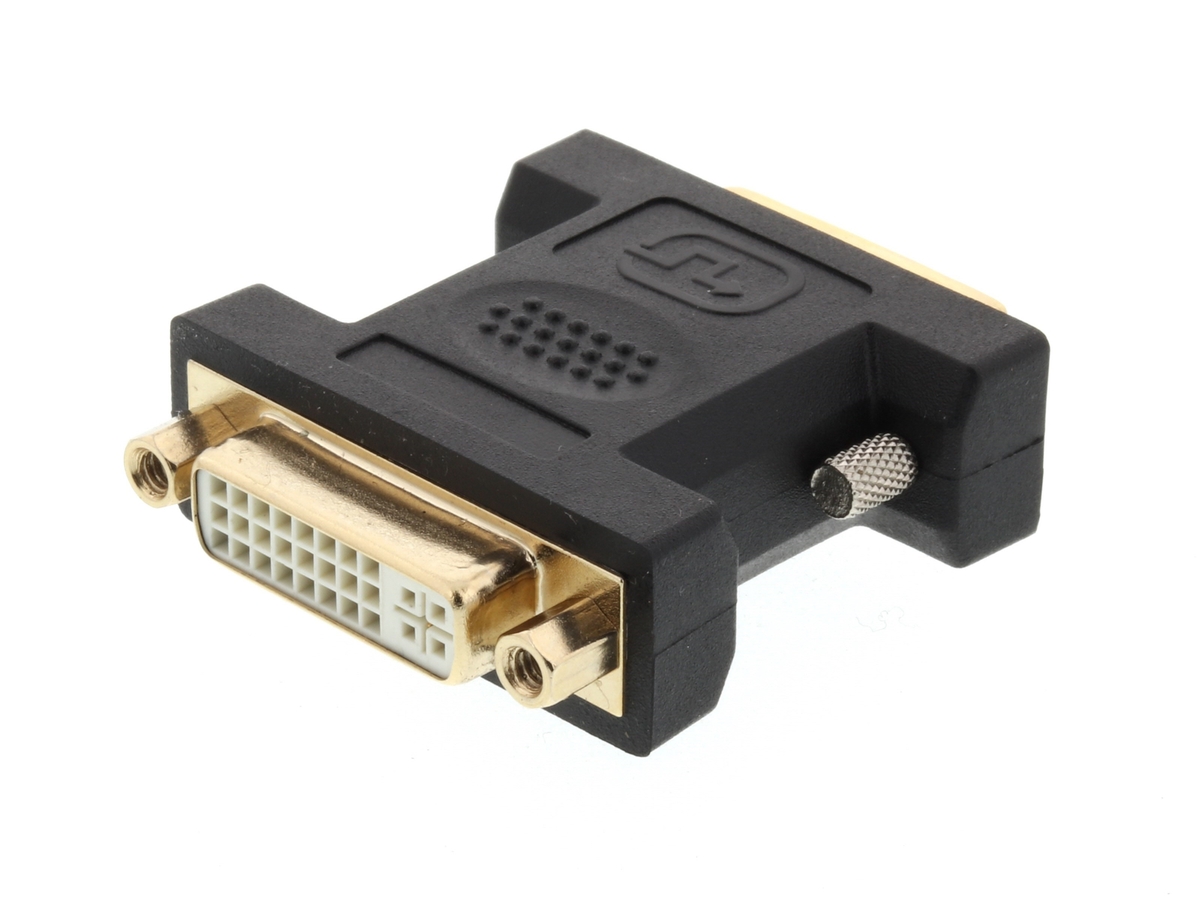

0 thoughts on “What Is A Internal Lan Adapter”